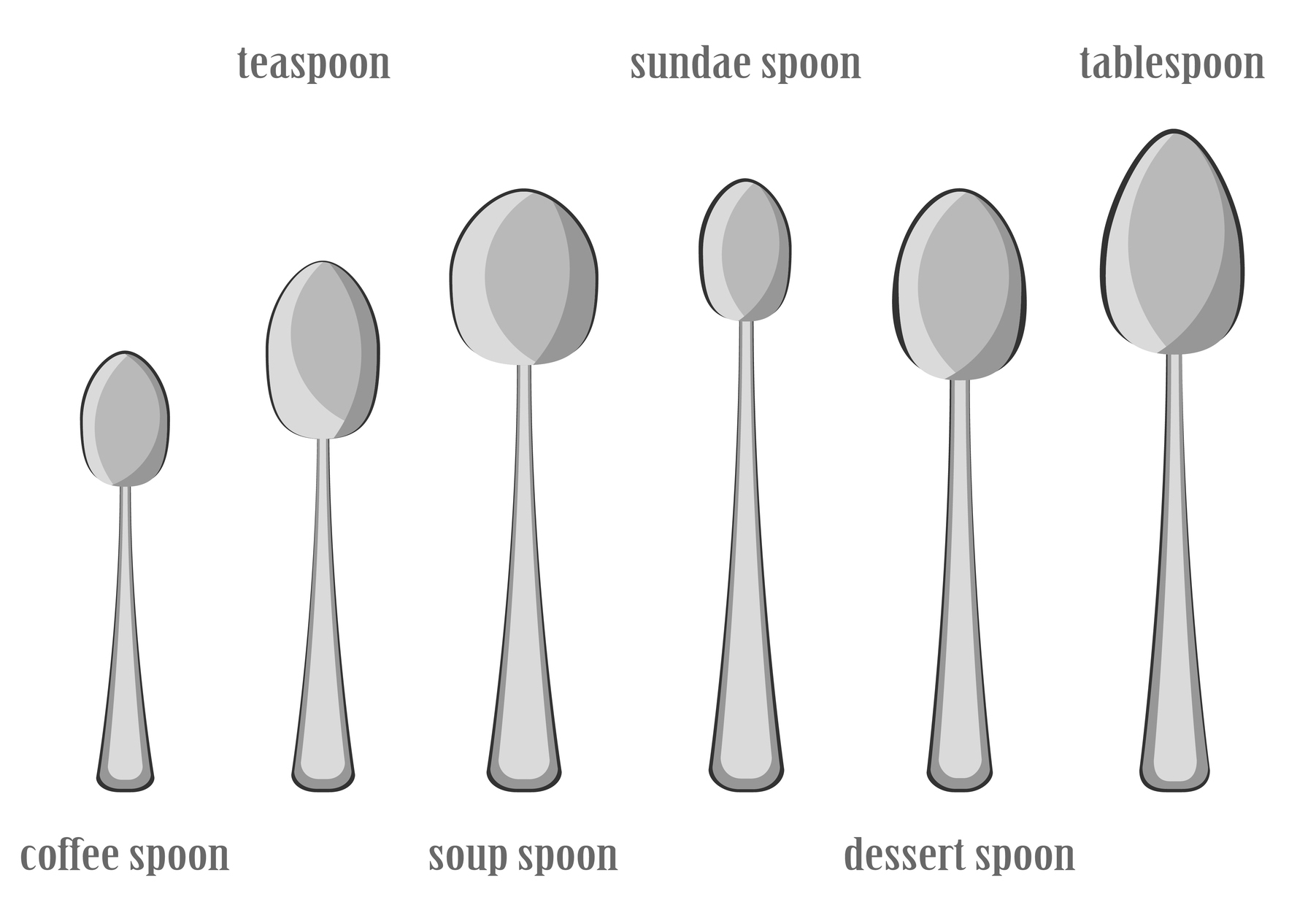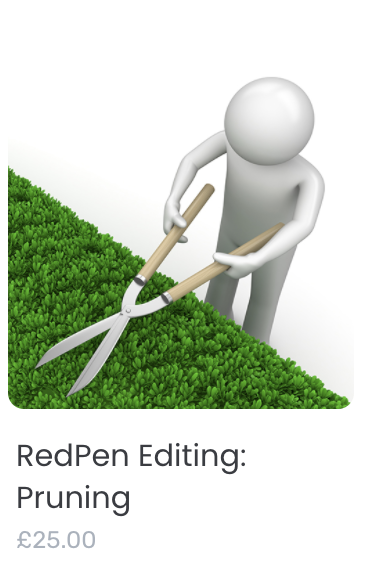DIY Book Formatting with Scrivener: Page Settings
Wrong shaped spoon? Adrian Frutiger says: If you remember the shape of your spoon at lunch, it has to be the wrong shape. He explains: The spoon and the letter are tools; one to take food from the bowl, the other to take information off the page...











